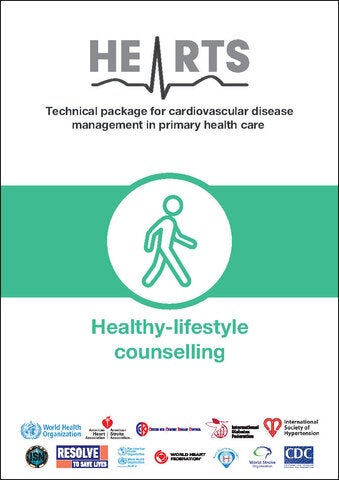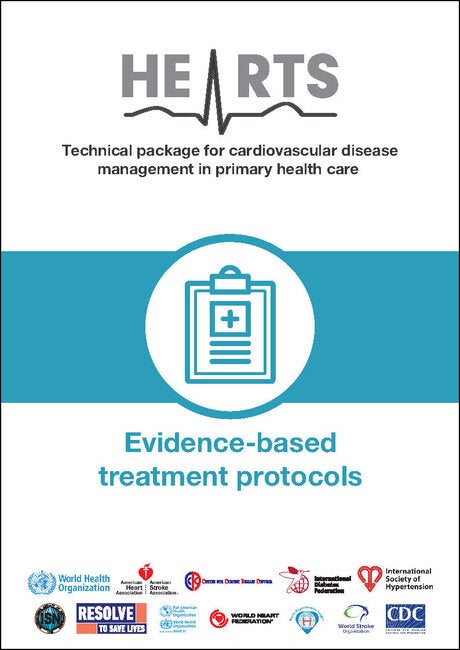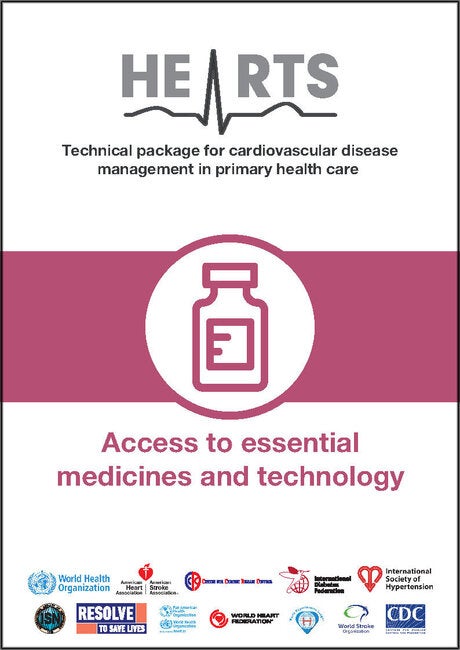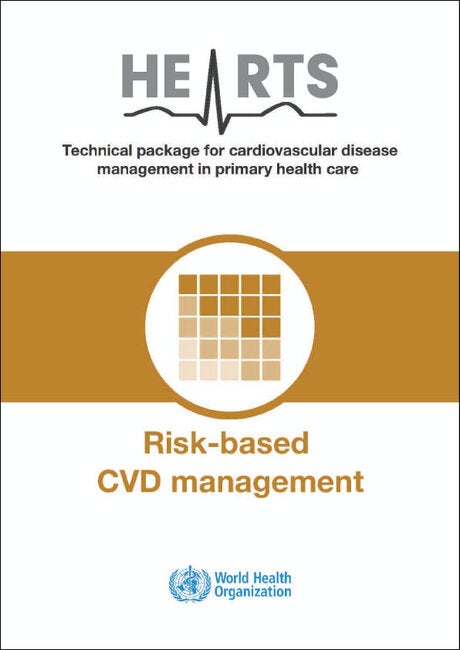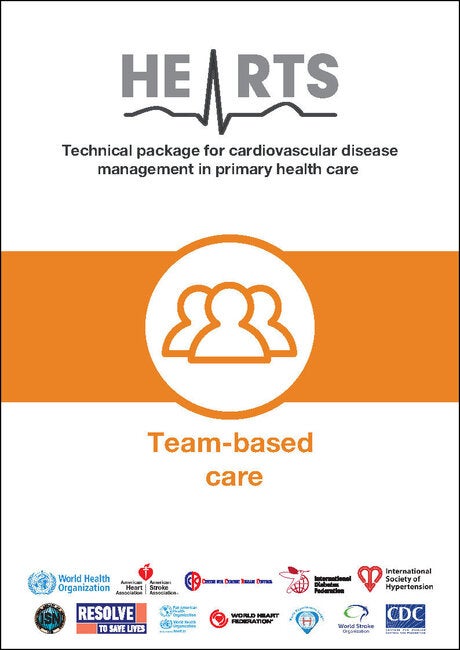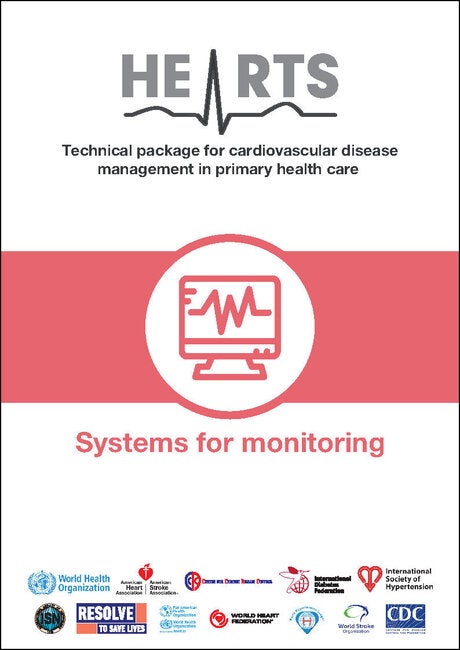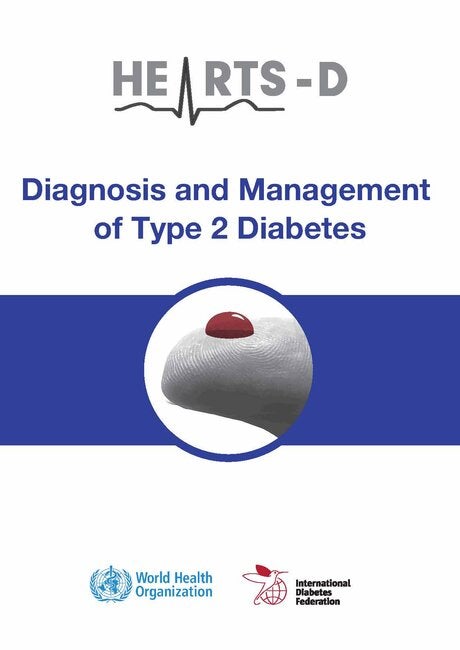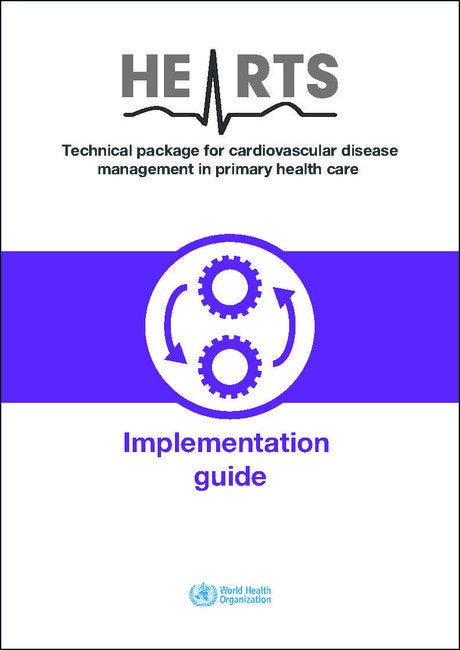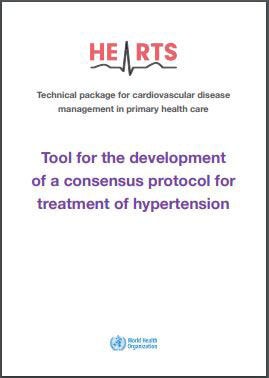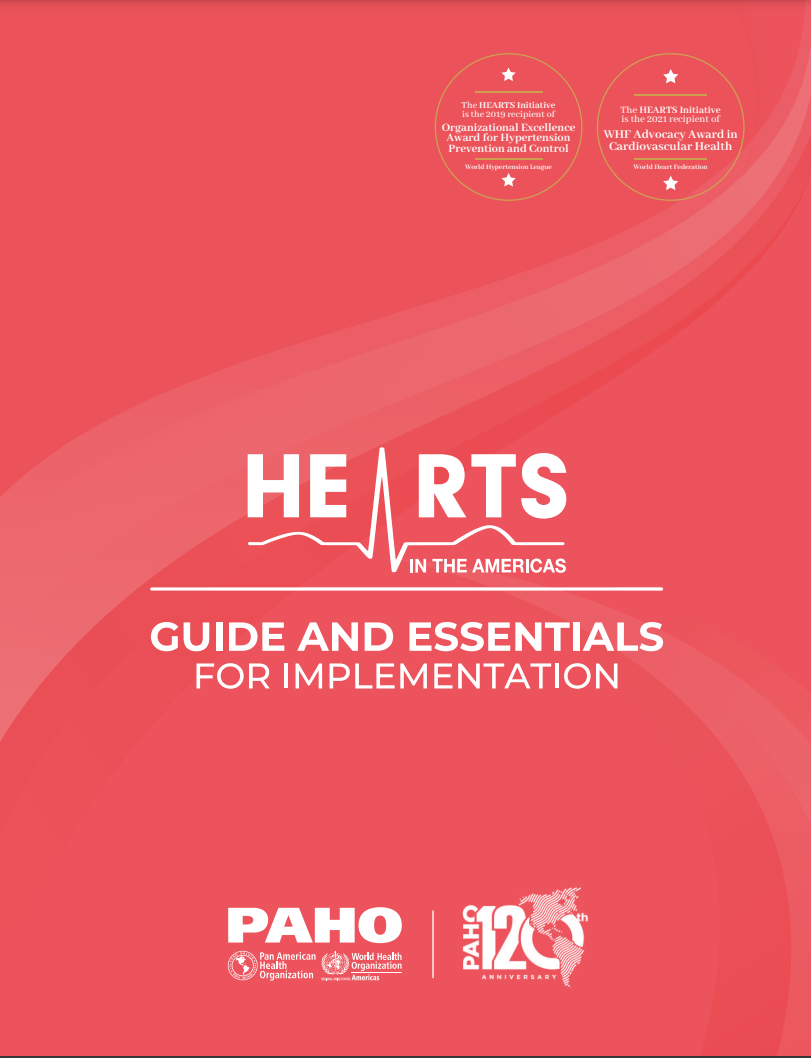MODULES
Healthy-lifestyle counselling
Information on the four behavioural risk factors for CVD is provided. Brief interventions are described as an approach to providing counselling on risk factors and encouraging people to have healthy lifestyles.
This module focuses on the behavioural risk factors and provides information on:
- tobacco use, unhealthy diet, insufficient physical activity and harmful use ofalcohol as important contributors to CVDs
- behavioural change, brief interventions for counselling and key points formotivational interviewing
- the theory of the 5As for brief interventions, as well as sample brief interventionsfor each risk factor, using the 5As.
Target users of this module:
This module is intended for trainers of primary health care workers, including physicians, nurses, and other health workers.
Primary care workers should be trained on the risk factors and counselling approaches, adapting to local customs, culture and context.
NCD programme managers may also use it for planning purposes.
Evidence-based treatment protocols
A collection of protocols to standardize a clinical approach to the management of hypertension and diabetes.
This module includes clinical practice points and sample protocols for:
1. hypertension detection and treatment
2. type 2 diabetes detection and treatment
3. identifying basic emergencies – care and referral
HEARTS emphasizes adaptation, dissemination, and use of a standardized set of simple clinical-management protocols, which should be drug- and dose-specific, and include a core set of medications. The simpler the protocols and managementtools, the more likely they are to be used correctly, and the higher the likelihood that a programme will achieve its goals. The use of a standardized algorithm is critical to success.
Target users of this module:
This module is intended for national policymakers, subnational programme managers and primary health care facility managers who are in the position to adapt these protocols and align to the local context. This ensures that just one protocol is used at the national or in some instances subnational level.
Access to essential medicines and technology
Information on CVD medicine and technology procurement, quantification, distribution, management and handling of supplies at facility level.
This module focuses on access to medicines and basic equipment for CVD management, and includes:
1. information on the pharmaceutical management cycle and policies
2. selection of appropriate drugs and technologies
3. supply-chain management, including quantification, forecasting, distribution, storage and handling
4. ensuring supply and accountability
5. rational use of medicines.
Target users of this module:
Target users may vary, based on context, existing health systems and national priorities.
Risk-based CVD management
Development of cardiovascular disease (CVD) is influenced by risk factors such as: tobacco use, an unhealthy diet, physical inactivity, obesity (which can result from a combination of unhealthy diet, physical inactivity, and other factors), elevated blood pressure (hypertension), abnormal blood lipids (dyslipidaemia) and elevated blood glucose (diabetes mellitus). Continuing exposure to these risk factors leads to further progression of atherosclerosis, resulting in clinical manifestations of these diseases, including angina pectoris, myocardial infarction, heart failure and stroke. Total CVD risk depends on the individual’s overall risk-factor profile.
This evolution in CVD recommendations and guidelines is a response to:
- an improved ability to quantify and identify those at highest risk
- an increase in the population affected by these risk factors
- changes in generic therapies available
- a recognition that despite these changes we are failing globally to significantly prevent CVD mortality, particularly in low- and middle-income countries (LMICs).
Target users of this module:
Target users may vary, based on context, existing health systems and national priorities.
Team-based care
Guidance and examples on team-based care and task shifting related to the care of CVD. Some training materials are also provided.
What this module includes:
- Description of team-based care and advantages and disadvantages of the approach;
- Suggested steps on how to implement team-based care;
- Case studies of team-based care in different countries;
- Sample workflow charts and tables that can be customized to implement team-based care in a specific facility.
Target users of this module:
Target users may vary, based on context, existing health systems and national priorities.
Systems for monitoring
Information on how to monitor and report on the prevention and management of CVD. Contains standardized indicators and data-collection tools.
This module provides:
• indicators – including defining each indicator, the data elements that need to be collected for each indicator, and the data sources
• sample tools for data collection and reporting.
Target users of this module:
This module is intended for facility managers and subnational and/or national-level staff involved in collecting, planning or adapting monitoring systems for CVD-management services in primary health care.
HEARTS D: diagnosis and management of type 2 diabetes
Diagnosis and management of type 2 diabetes is based on WHO guidance on diagnosis, classification and management of diabetes. It is aligned with the WHO Package of Essential Noncommunicable Disease Interventions in Primary Health Care (WHO-PEN). It can be used independently or in conjunction with the HEARTS technical package developed to improve cardiovascular health.
Implementation Guide
HEARTS provides a set of locally adaptable tools for strengthening the management of CVD in primary health care.
This guide provides a step-by-step approach to implementing HEARTS, as informed by the successful approaches used in various low- and middle-income countries. Effective implementation techniques may vary by country, and the process should be adapted to meet local needs.
WHO package of essential noncommunicable (PEN) disease interventions for primary health care
WHO Package of Essential NCD interventions will help to improve the coverage of appropriate services for people with NCDs services in primary care settings.
Tool for the development of a consensus protocol for treatment of hypertension
The creation and endorsement of a detailed and standardized treatment protocol is a critical first step in developing a successful large-scale hypertension programme. Standardized drug- and dose-specific treatment protocols have been shown to be superior to individualized treatment, and also facilitate the logistics of drug procurement, task sharing, staff training, data collection, and quality reporting.
HEARTS in the Americas: Guide and Essentials for Implementation
his manual is designed to be practical and user-friendly. It aims to guide implementers at national and subnational levels to navigate throughout different stages of implementation and to ensure longtime sustainability. The manual is written for national focal points, managers and coordinators at subregional, provincial, district, municipal level, and health facilities implementing HEARTS. It is intended to answer frequently asked questions about the premises, objectives, components, and steps for implementation of the HEARTS in the Americas Initiative.


